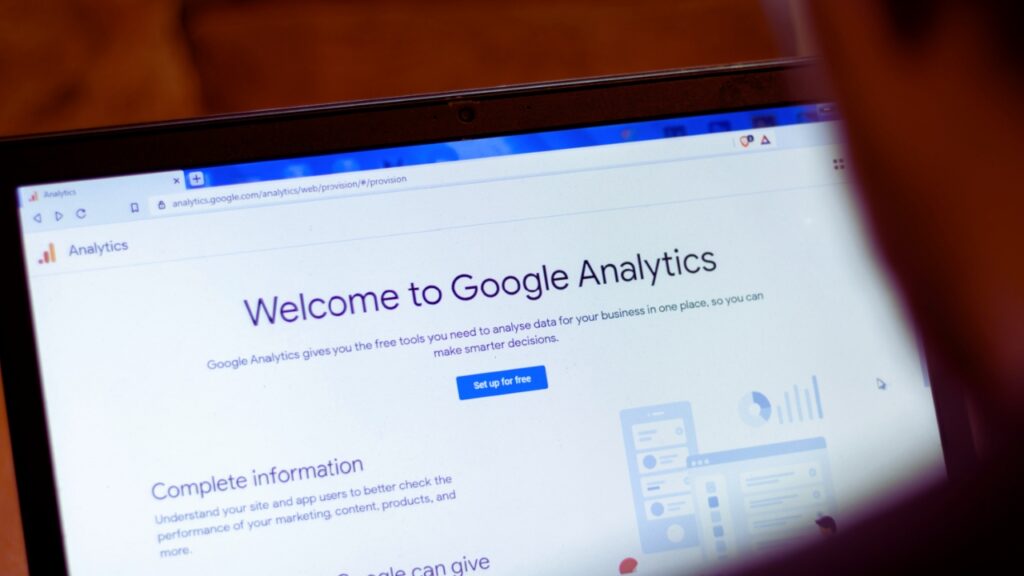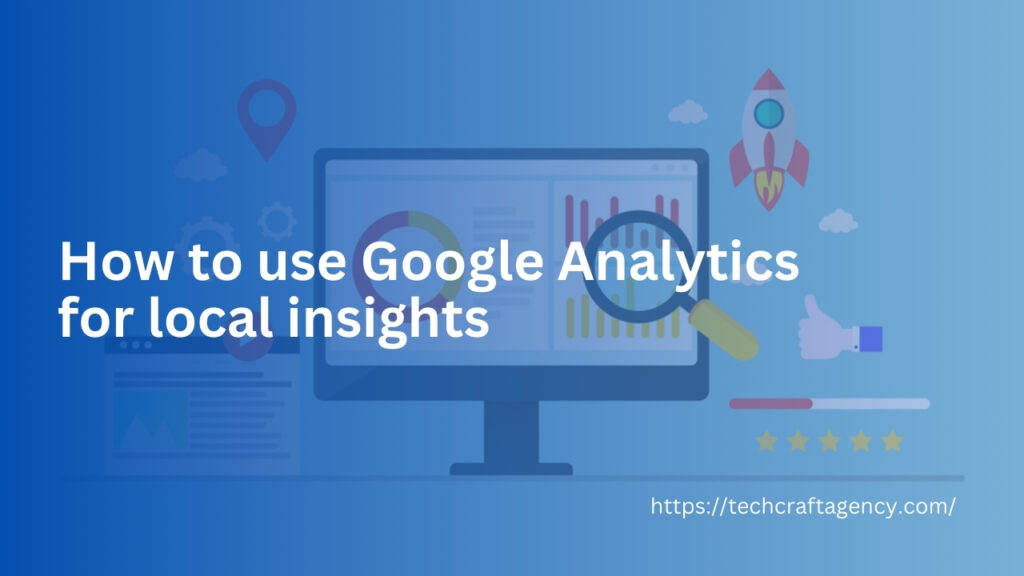In today’s digital market, a strong local presence is essential for every brick-and-mortar company. However, understanding how your local audience interacts with your online presence can feel like traversing a maze. This is where Google Analytics comes in, serving as a compass to help you discover vital local information and optimise your digital strategy for optimum impact. This is why you should know. How to utilise Google Analytics to get local information.
Key Topics:
- Location Tracking: Unmask Your Local Heroes
- Segmenting Your Audience: A Deeper Look at Local Users
- Engagement and Behavior: What Makes Your Local Audience Tick?
- Goal Tracking: Measuring the Success of Your Local Efforts
- Integrating Google My Business: A Match Made in Local SEO Heaven

1. Location Tracking: Unmask Your Local Heroes
Google Analytics provides a treasure trove of geographical data. By delving into the Audience section, you can identify where your website traffic originates. Reports like Location and Geo Network reveal the countries, regions, and even cities where your visitors reside.
For local businesses, the magic lies in filtering by city or region. This allows you to isolate traffic specific to your local area, pinpointing the zip codes or neighbourhoods generating the most interest. Imagine uncovering a hidden pocket of potential customers just a few blocks away!
2. Segmenting Your Audience: A Deeper Look at Local Users
Segmentation extends the capabilities of position tracking. This powerful feature enables you to create bespoke audience groups based on a variety of variables, including location. You can block users from a specific city, state, or even zip code.
This granular method allows you to examine how local users engage with your website to visitors from other places. Do local users spend more time viewing certain pages? Are they more likely to convert after discovering you via a local search engine optimisation (SEO) strategy?
By identifying these behavioural tendencies, you can modify your website content and marketing activities to better connect with your local audience.
3. Engagement and Behavior: What Makes Your Local Audience Tick?
Understanding how local users engage with your website is key to optimizing their experience. Reports like Behavior and Site Content unveil which pages are most popular with your local audience and how long they spend interacting with them.
Do local users gravitate towards specific services or promotions? Are there any pages with high bounce rates (users leaving quickly) that require local optimization?
By pinpointing these trends, you can prioritize local content that addresses their specific needs and interests. This could involve showcasing local testimonials, highlighting locally relevant promotions, or even optimizing your website for mobile browsing habits specific to your area.
4. Goal Tracking: Measuring the Success of Your Local Efforts
Segmentation extends the capabilities of position tracking. This powerful feature enables you to create bespoke audience groups based on a variety of variables, including location. You can block users from a specific city, state, or even zip code.
This granular method allows you to examine how local users engage with your website with visitors from other places. Do local users spend more time viewing certain pages? Are they more likely to convert after discovering you via a local search engine optimisation (SEO) strategy?
By identifying these behavioural tendencies, you can modify your website content and marketing activities to better connect with your local audience.
5. Integrating Google My Business: A Match Made in Local SEO Heaven
For a truly powerful local SEO punch, integrate your Google Analytics account with your Google My Business (GMB) profile. This unlocks a wealth of local search data within Google Analytics, allowing you to see how users discover your GMB listing and how it translates into website traffic.
Imagine analyzing which search terms lead users to your GMB profile and then optimizing your website content to target those keywords for even better local search visibility.
By combining the insights from Google Analytics and GMB, you can create a seamless user journey for local customers, guiding them from online discovery all the way to your doorstep.
Conclusion
Google Analytics enables local businesses to gain insight into their local audience, understand their online behaviour, and optimise their digital strategy for optimum local impact. From identifying hidden pockets of local interest to personalising content and monitoring local SEO success, Google Analytics is your secret weapon for attracting and engaging your local client base. So, use the power of local insights to help your local business succeed in the digital age.

